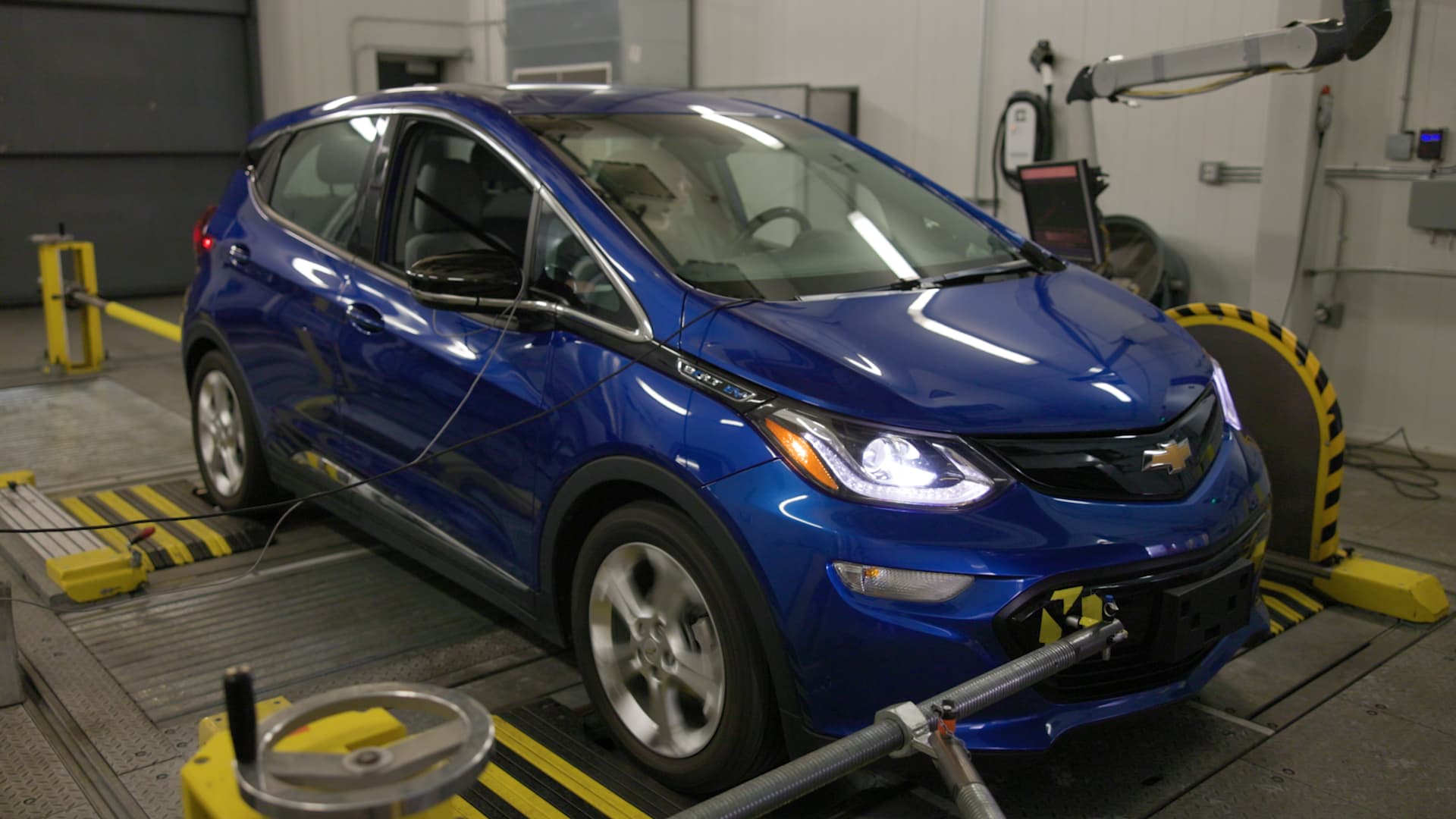How far an electric vehicle can drive on a single charge is one of the most closely watched numbers in the automotive world.
The official government process used to test and certify those ranges has potential flaws.
The U.S. Environmental Protection Agency has been testing vehicles since 1971, but only started testing EVs in 2012. EV technology is still quite new and is changing rapidly. EPA Engineers say these are exciting times, but it can also feel like the “wild west.”
The EPA only tests a small portion of the total vehicle fleet. The fact that it can test any vehicle at any time forces automakers to meet EPA standards.
Some in the auto industry say the EPA ratings are more accurate than those issued by other governmental bodies, at least for American roads. But independent groups have found that their own tests yield results that are different from official EPA range ratings.
Critics say the agency’s labels are inconsistent with those used for gas vehicles, in part because the tests don’t account for how people actually drive. Ranges on labels seem bigger than they are. Automakers can also use methods to inflate their range numbers.
